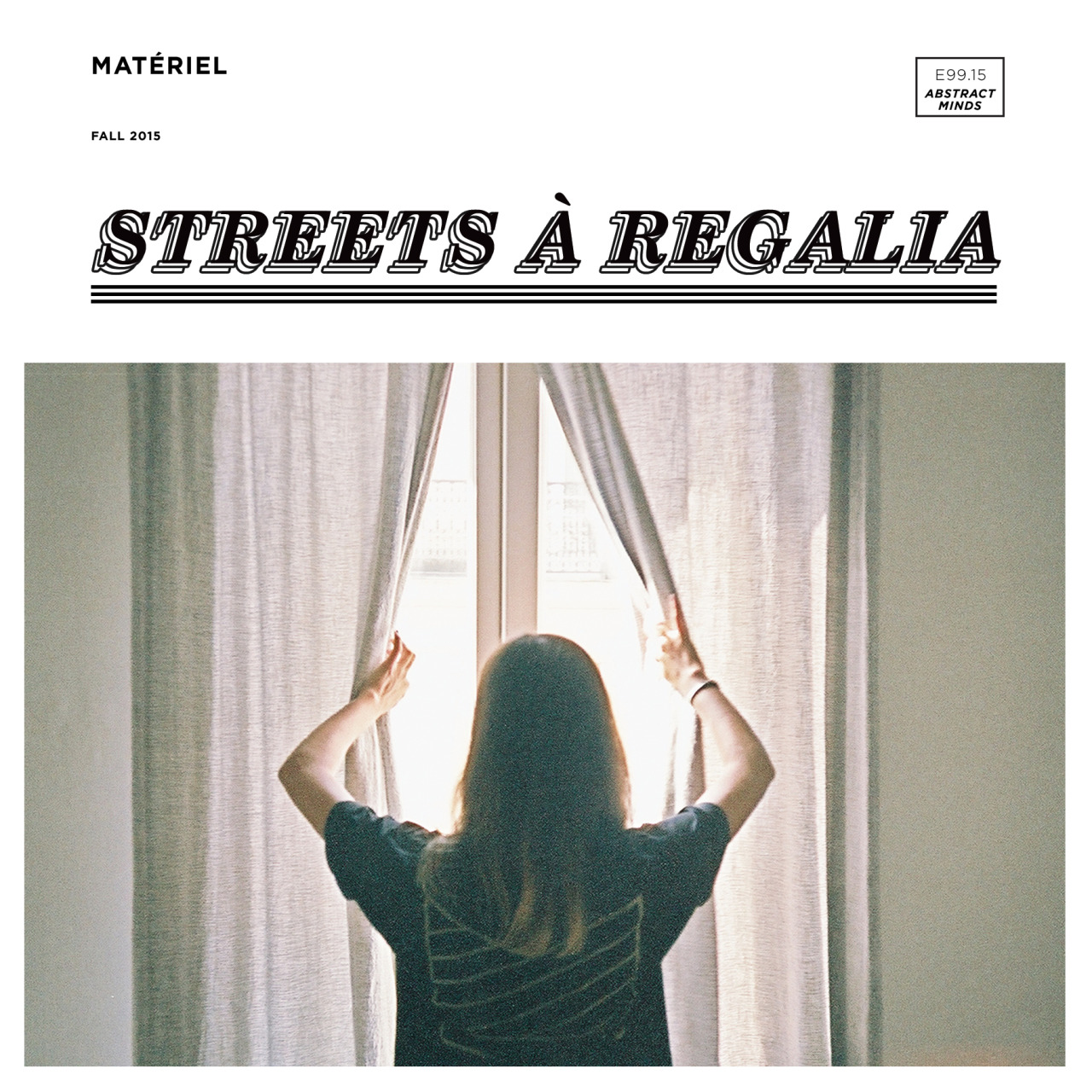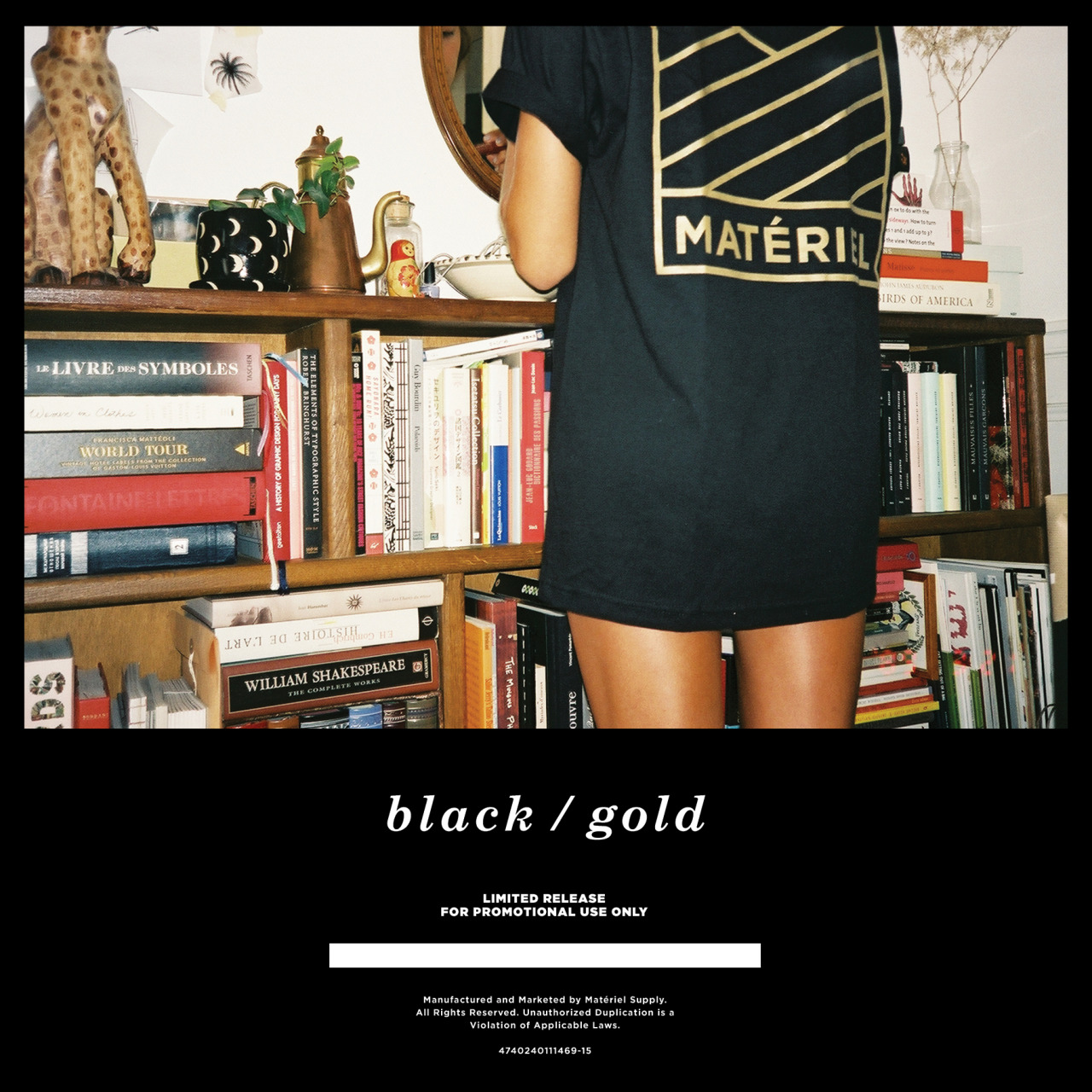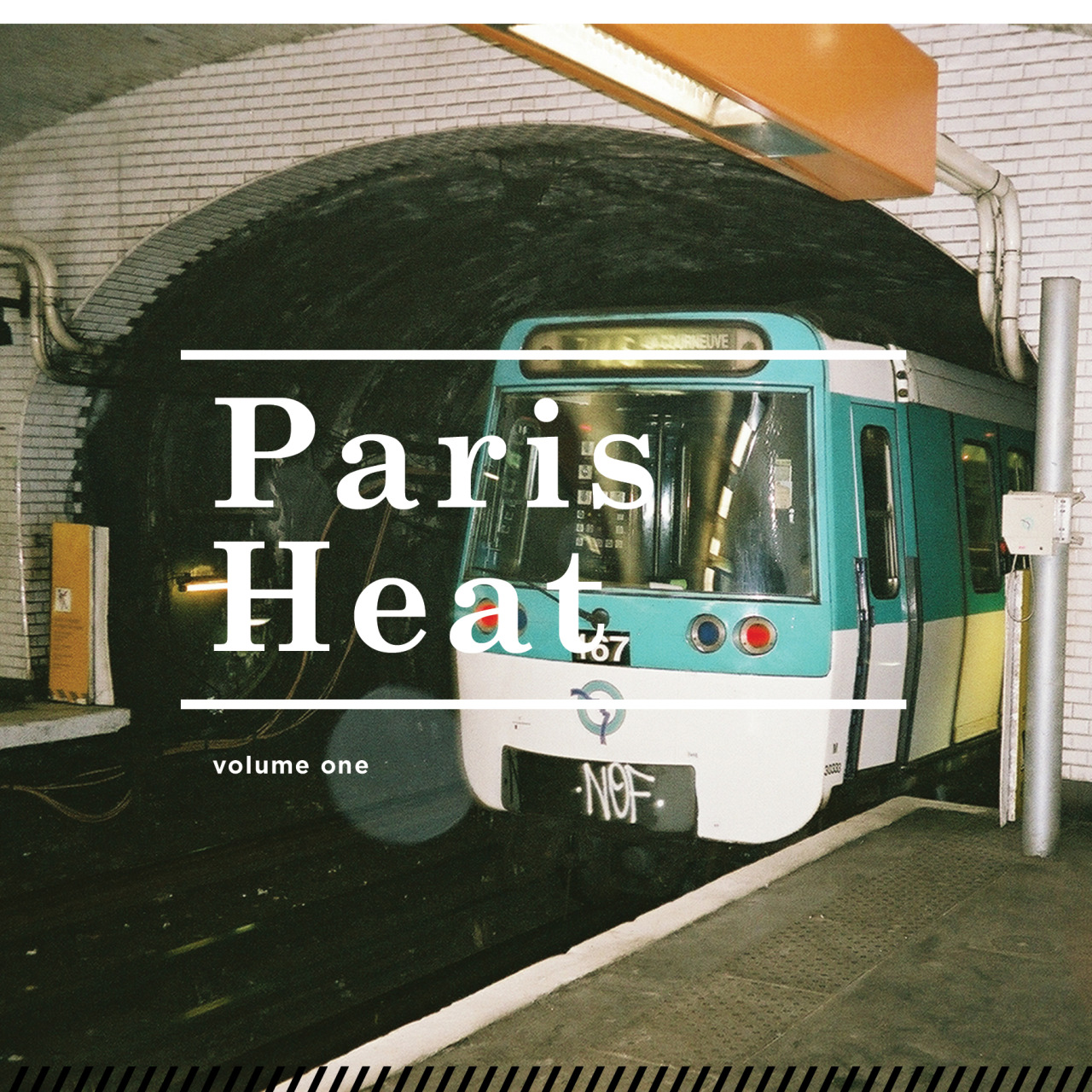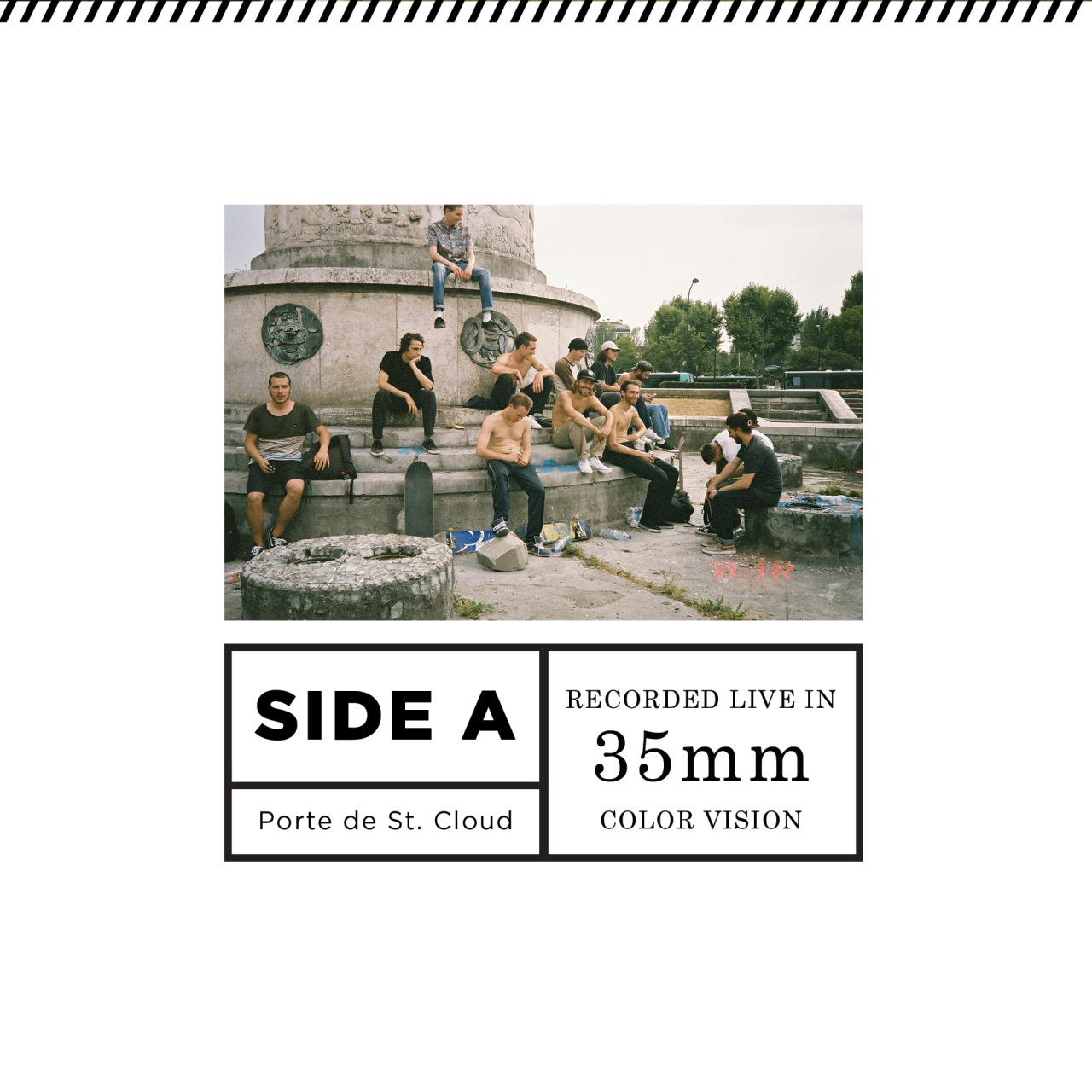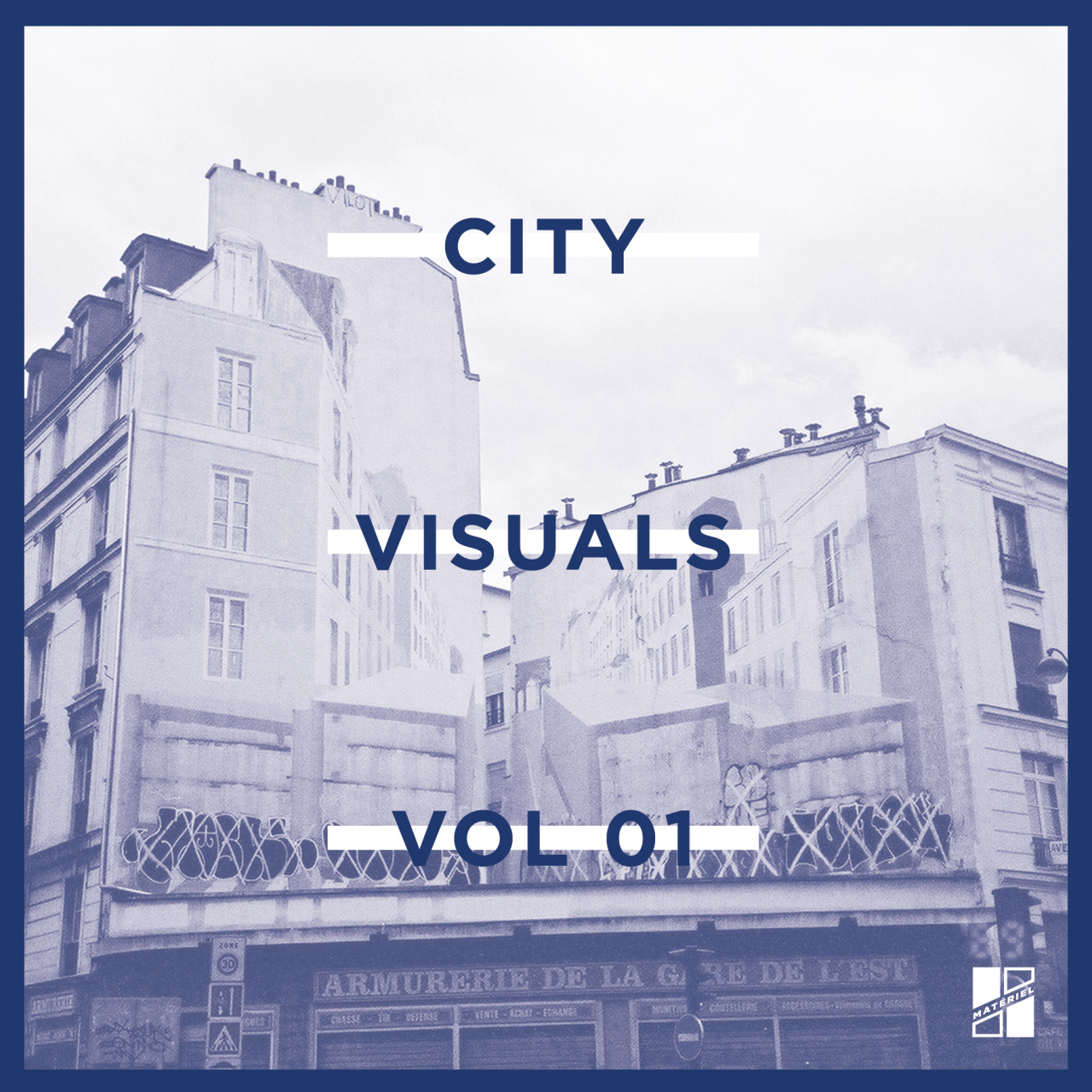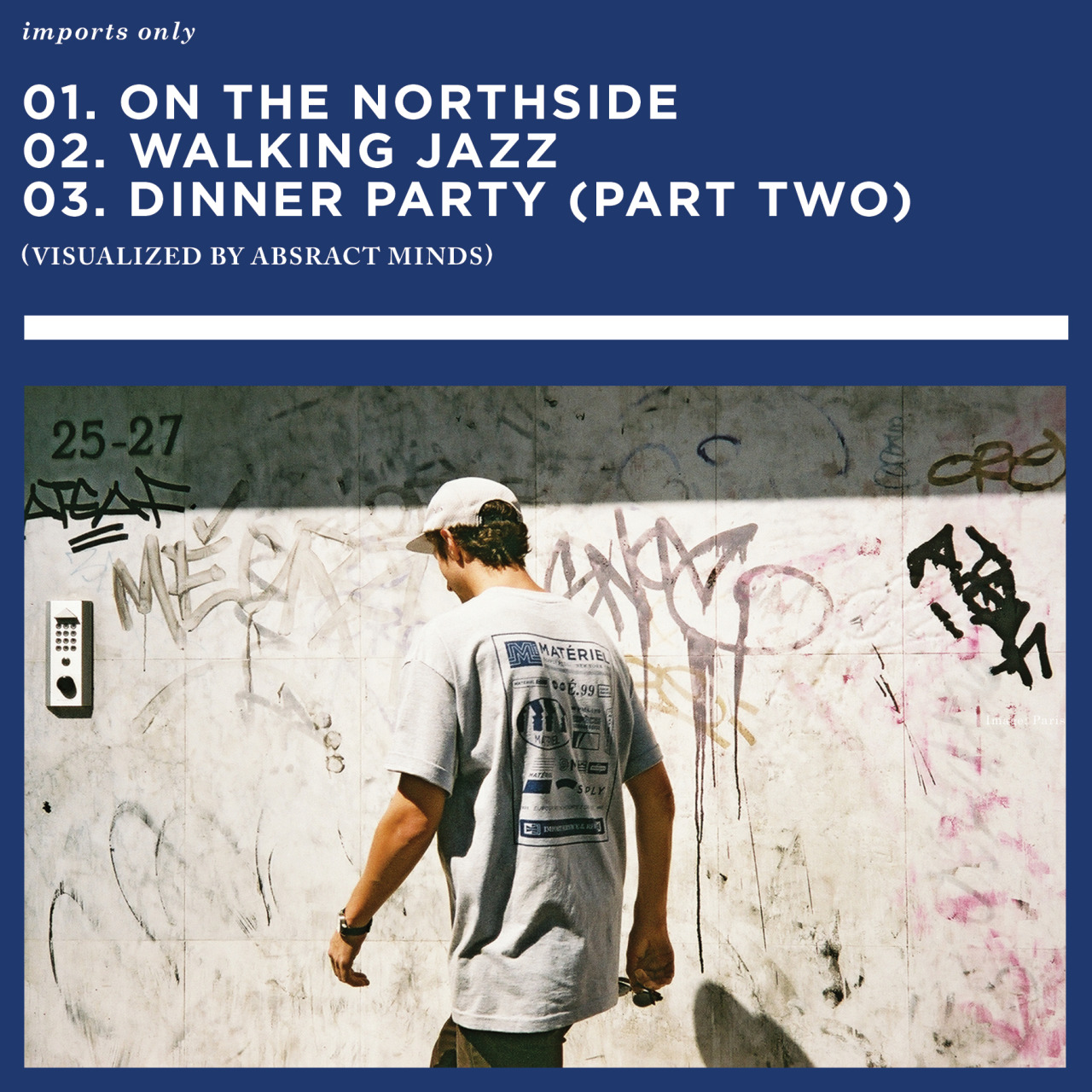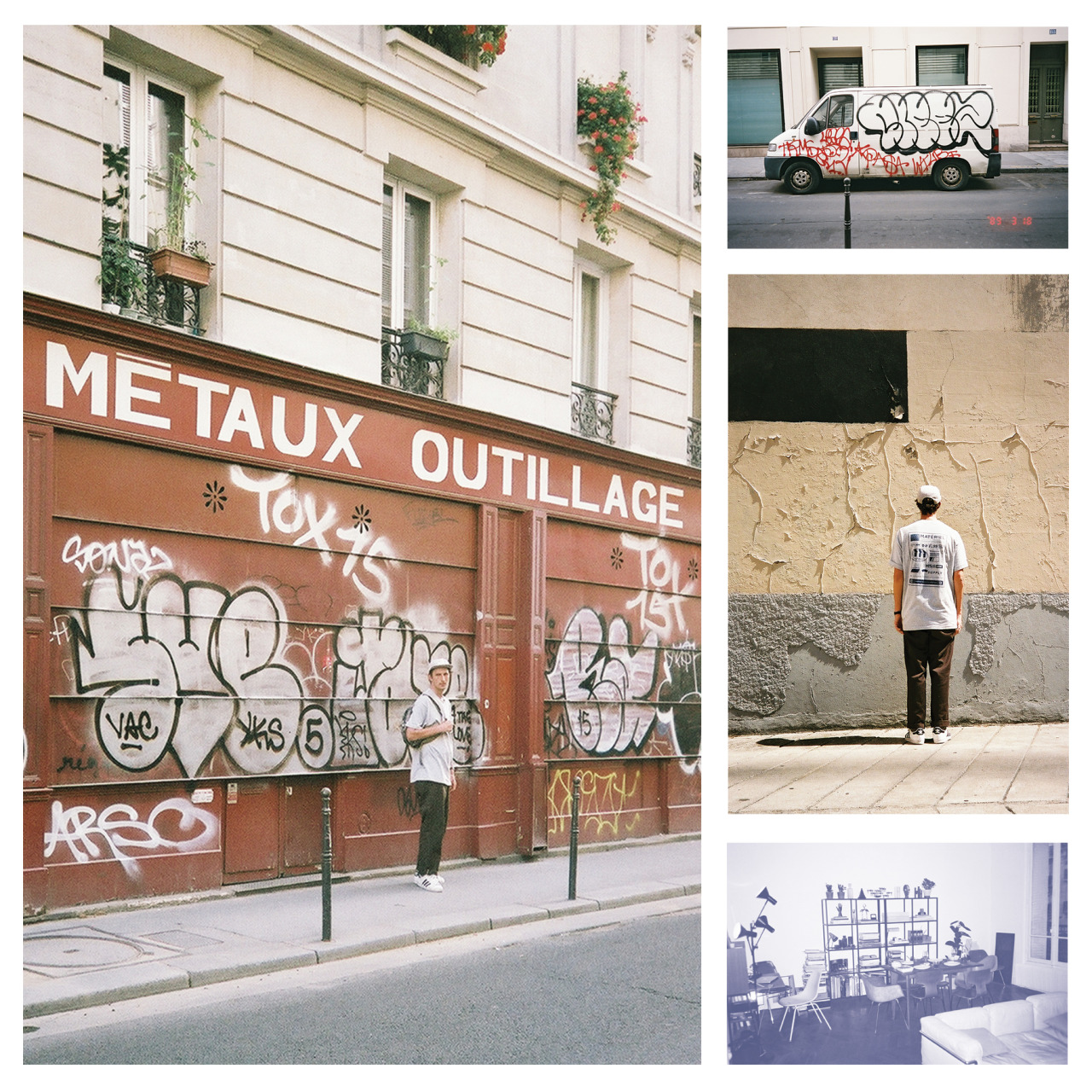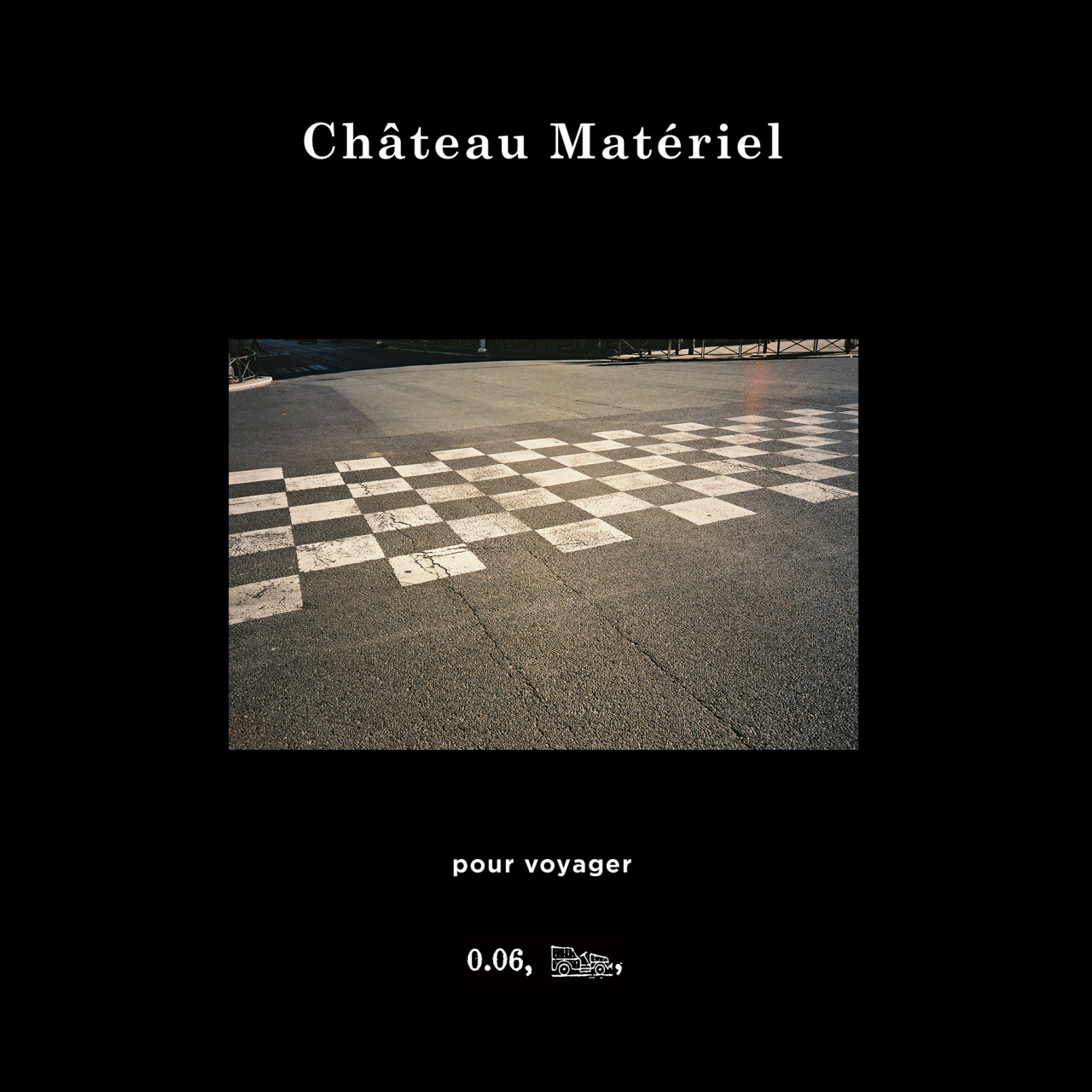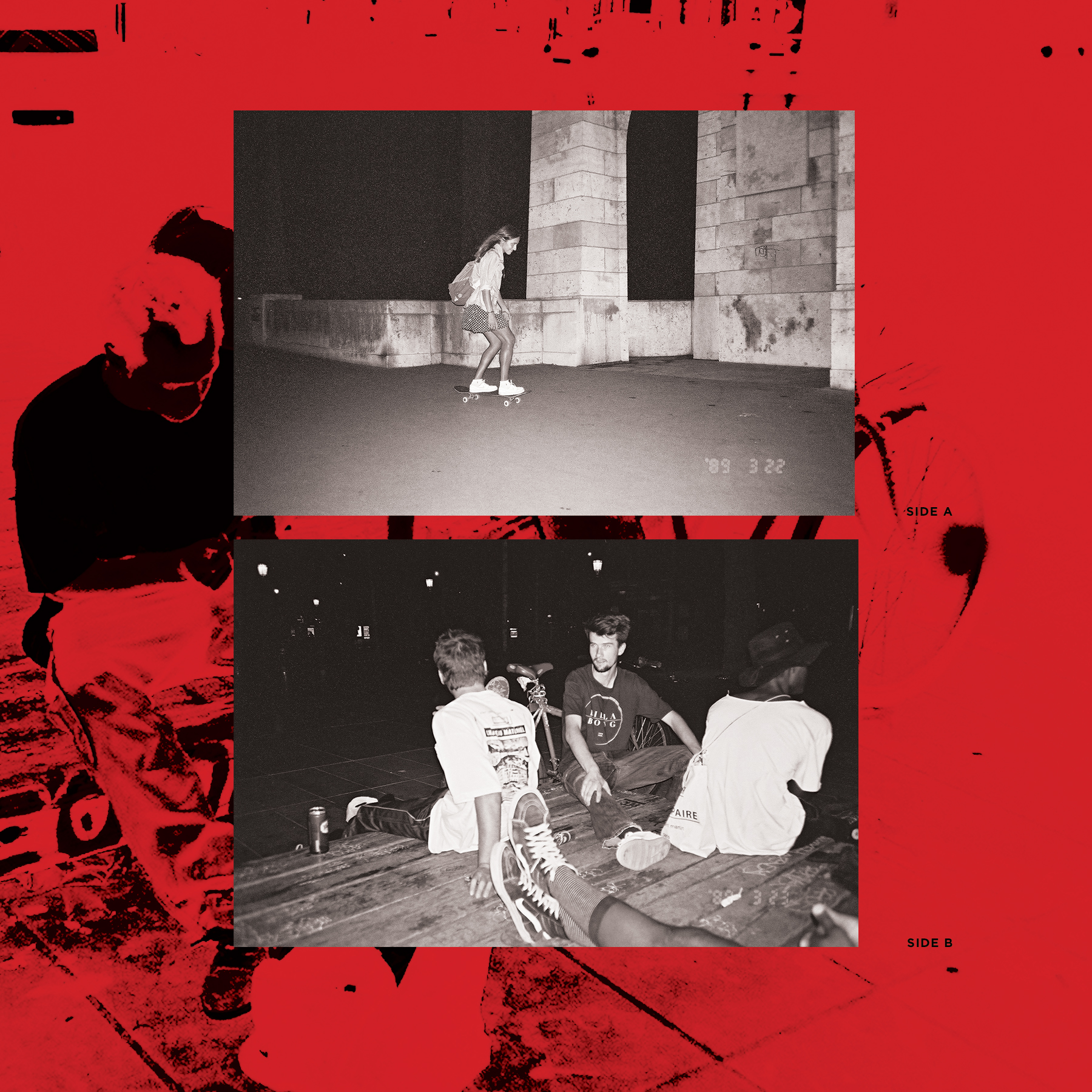Thanks to the United States Supreme Court's ruling on June 26, same-sex couples have the Constitutional right to marry. This victory for the gay rights movement shines light on the importance of individual equality, acceptance and understanding the world is concerned with today; the victory shows stark contrasts of how far society has come since the Stonewall riots in 1969 and the AIDS epidemic in the 1980s.
In her book, At Home with Themselves: Same-sex Couples in 1980s America, Photographer Sage Sohier examines 1986 when mass media and the public blamed AIDS' outbreak on same-sex promiscuity. She says of her project, "The advent of the disease led me to think about the prevalence, variety and longevity of gay and lesbian relationships... My ambition was to make pictures that challenged and moved people." In the '80s it was common to keep same-sex relationships discreet and away from ridicule due to the persecution and discrimination of the time.
Personally Sohier was impacted upon discovering in the late '70s her Father was gay. Her photographs are sparked by curiosity about homosexual life, set in and around cities in Massachusetts, like Provincetown and Boston, as well as others across the country. Honest, personal images appear depicting natural interactions between couples themselves and other people in their lives, such as parents and children.
Read more on Sage Sohier's book here and explore her other work at www.sagesohier.com.











